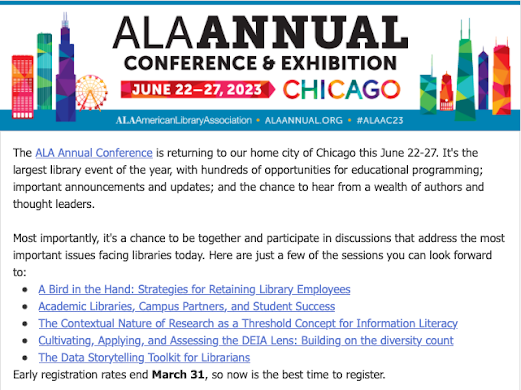Story Proof and Storytime
Story Proof: The Science Behind the Startling Power of Story by Kendall Haven
Here's how I can imagine discussing this one in 409:
--Chapters 1, 2, and 7: all are about the definition of "story," including pitfalls of previous overly broad definitions.
--Chapters 3, 4, 5, 6: all are about the way the human mind is set up to use story.
--Chapters 8, 9, and 10: 8 is anecdotes, 9 is research results, 10 is concluding inspirations.
Haven is redundant in a way that is probably reinforcing in the oral, but drags in the written version. I wished several times that chapter 7 followed chapter 2; he doesn't give enough sense of why the brain science is compelling before spilling the beans on what he thinks a story actually *is.* When that's the main point of a book, you want to know it up front.
Too many of the chapters are full of long paragraphs quoted from other research, strung together by bare connective tissue that is less an argument and more a "see this, and this too" kind of structure.
This is, however, fresh and needed. There's nothing else out there that even attempts to be this synthetic. I don't think this avoids the pitfall of being a dissertation; in fact, large chunks read like an enthusiastic lit review. But the effort is valiant, and the research connections are so worthwhile. Despite flaws in the writing style, librarians need this book to justify so much of their creative programming and to inspire them to think beyond the things they've already seen. For working professionals, the chapter of anecdotal evidence is a must-read.
Storytime by Lawrence R. Sipe
This is, as the foreword implies, a master taxonomy of research pertaining to young children's reading. It starts with children, moves to texts, and basically maps out an enormous landscape of literature on these topics. Though well-written, this too at times reads like a lit review. However, it tells us why we should care, while also telling who else has cared for the very specific reasons that we might care about young children's reading patterns. This is a solid foundation for justifying playing with stories...
Here's how I can imagine discussing this one in 409:
--Chapters 1, 2, and 7: all are about the definition of "story," including pitfalls of previous overly broad definitions.
--Chapters 3, 4, 5, 6: all are about the way the human mind is set up to use story.
--Chapters 8, 9, and 10: 8 is anecdotes, 9 is research results, 10 is concluding inspirations.
Haven is redundant in a way that is probably reinforcing in the oral, but drags in the written version. I wished several times that chapter 7 followed chapter 2; he doesn't give enough sense of why the brain science is compelling before spilling the beans on what he thinks a story actually *is.* When that's the main point of a book, you want to know it up front.
Too many of the chapters are full of long paragraphs quoted from other research, strung together by bare connective tissue that is less an argument and more a "see this, and this too" kind of structure.
This is, however, fresh and needed. There's nothing else out there that even attempts to be this synthetic. I don't think this avoids the pitfall of being a dissertation; in fact, large chunks read like an enthusiastic lit review. But the effort is valiant, and the research connections are so worthwhile. Despite flaws in the writing style, librarians need this book to justify so much of their creative programming and to inspire them to think beyond the things they've already seen. For working professionals, the chapter of anecdotal evidence is a must-read.
Storytime by Lawrence R. Sipe
This is, as the foreword implies, a master taxonomy of research pertaining to young children's reading. It starts with children, moves to texts, and basically maps out an enormous landscape of literature on these topics. Though well-written, this too at times reads like a lit review. However, it tells us why we should care, while also telling who else has cared for the very specific reasons that we might care about young children's reading patterns. This is a solid foundation for justifying playing with stories...
